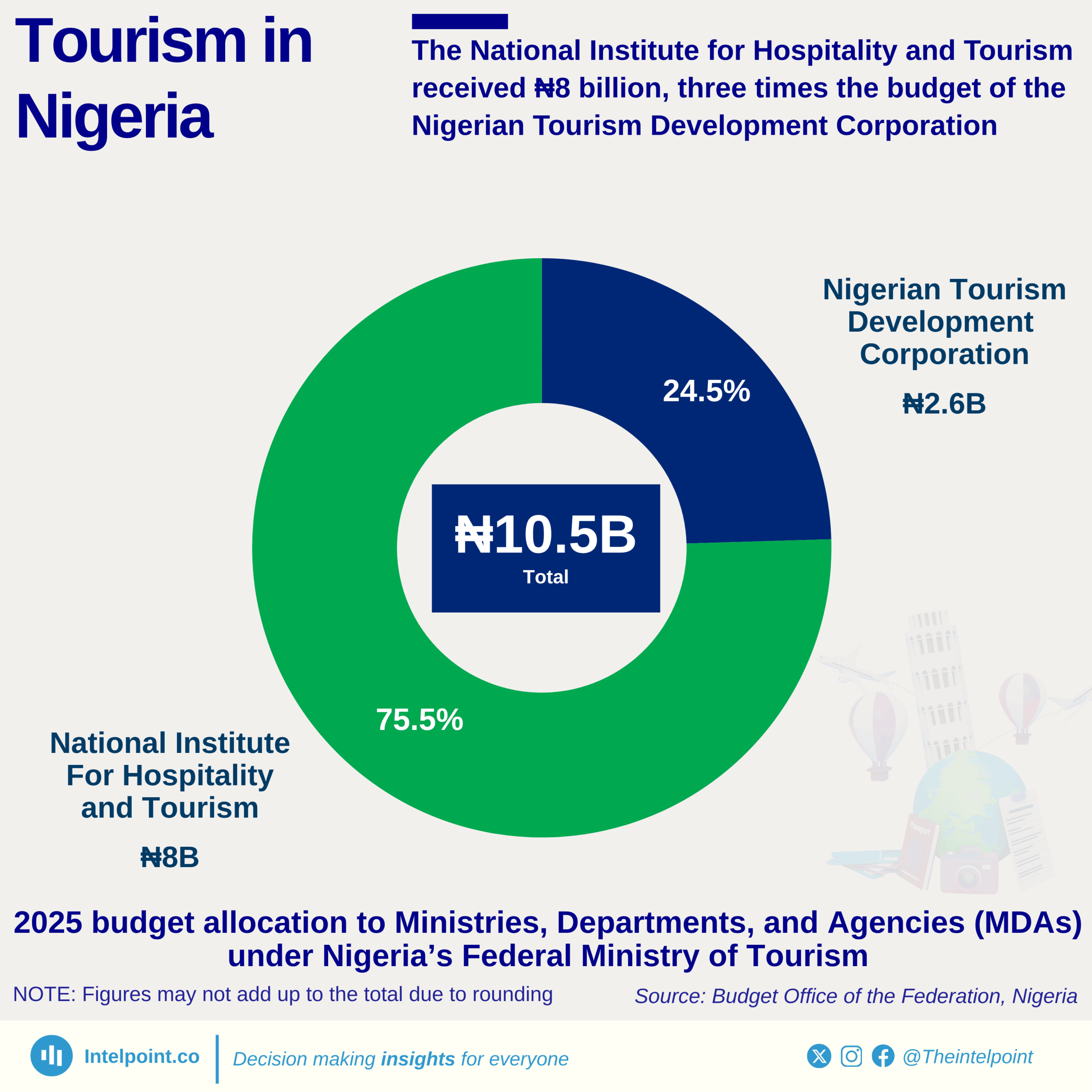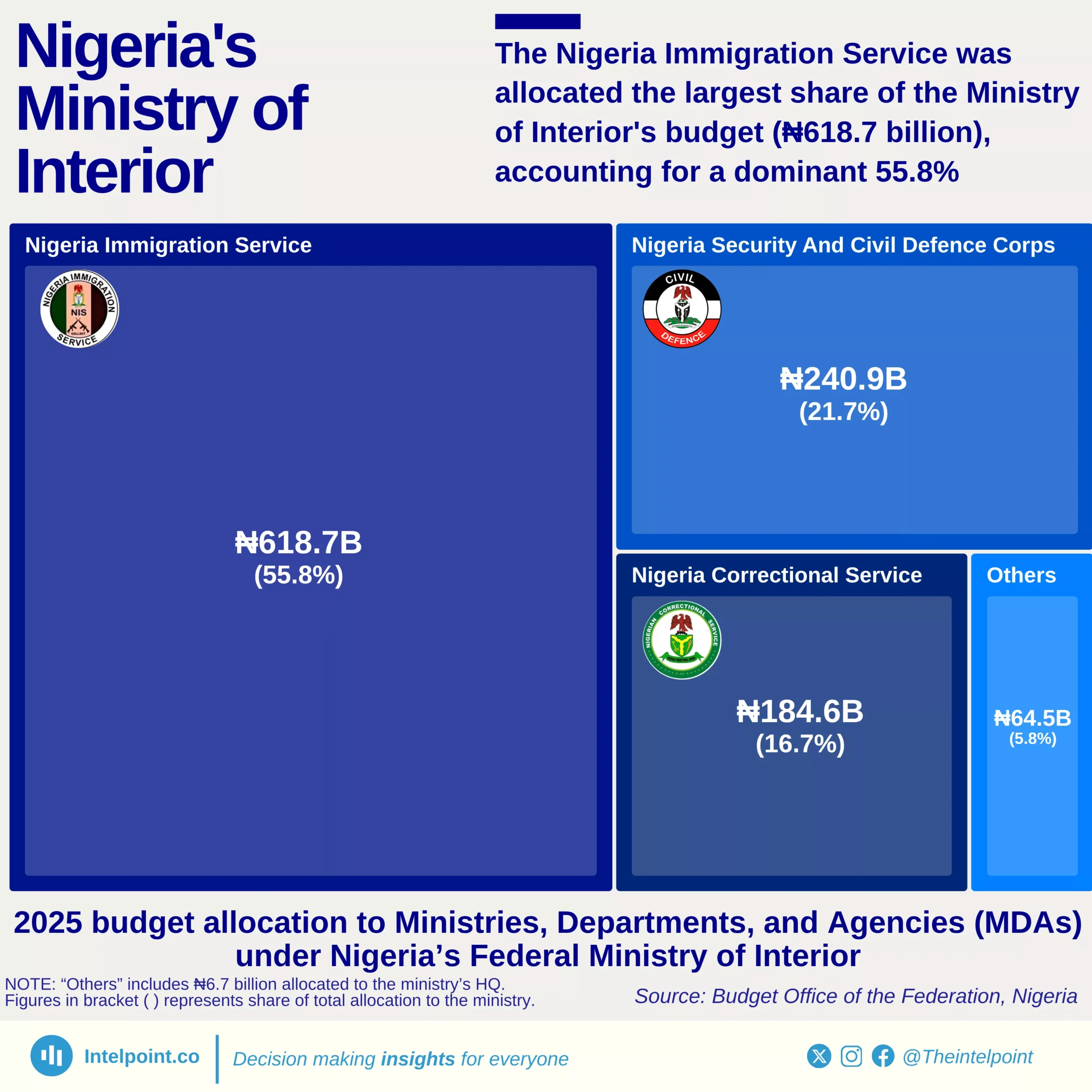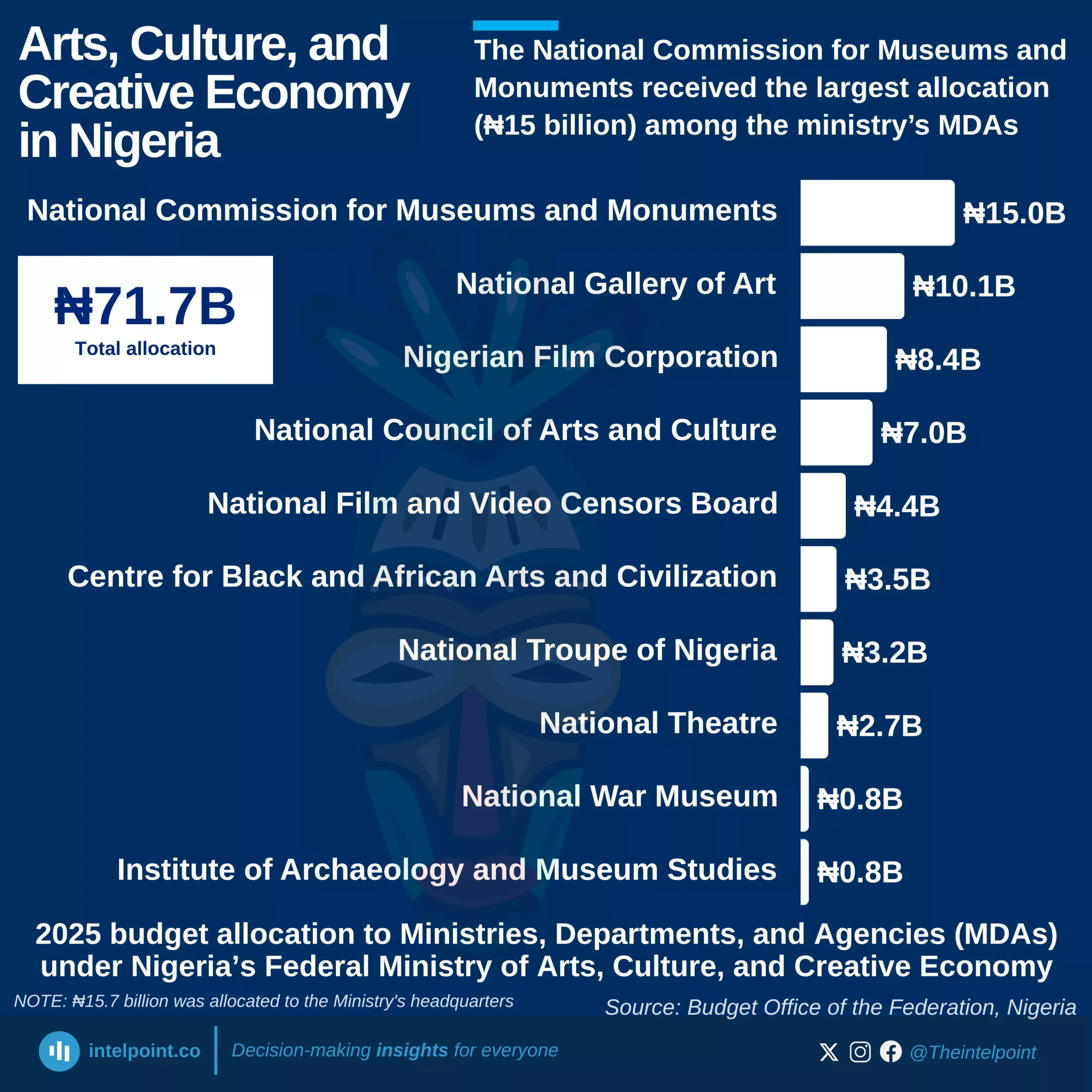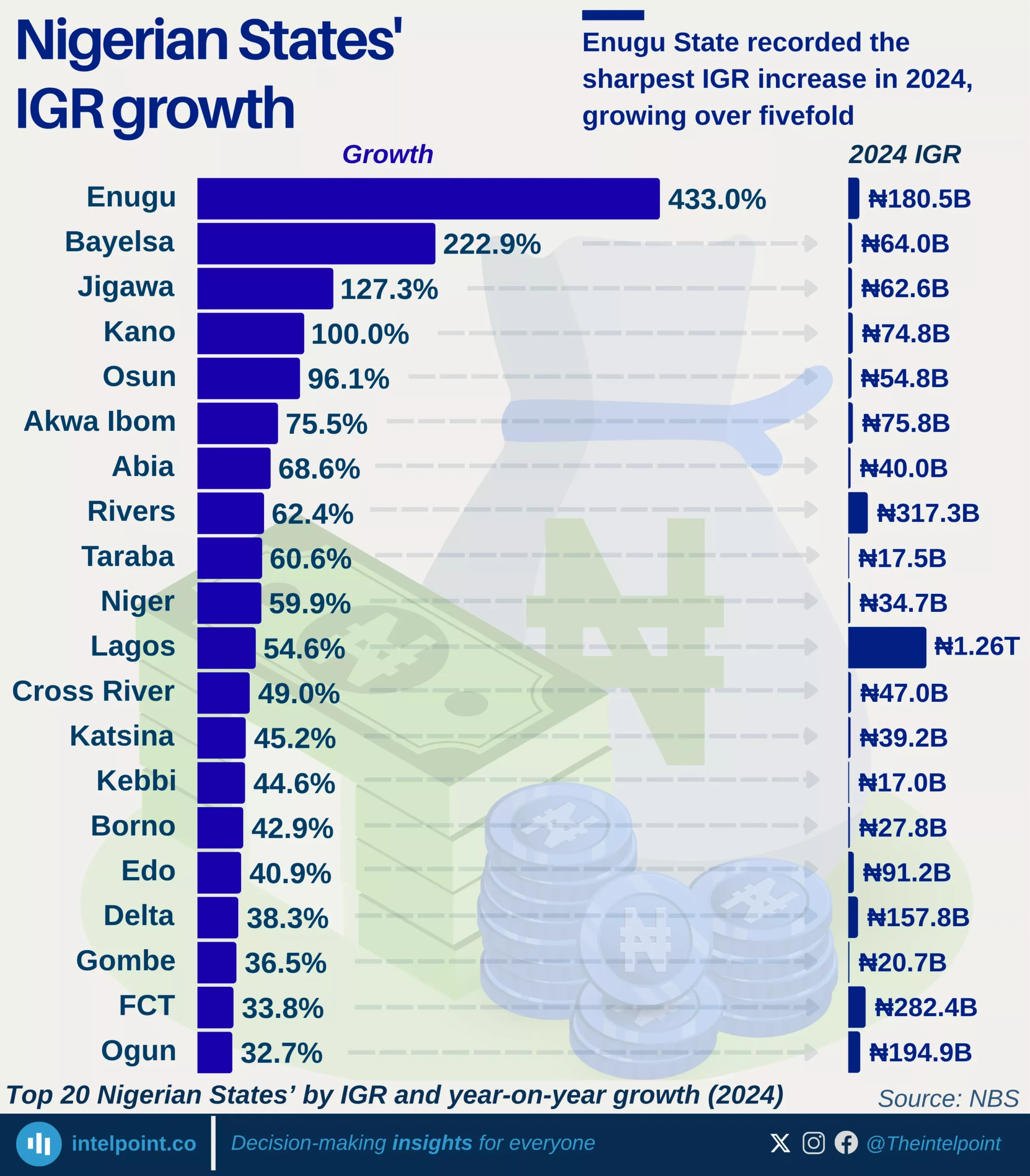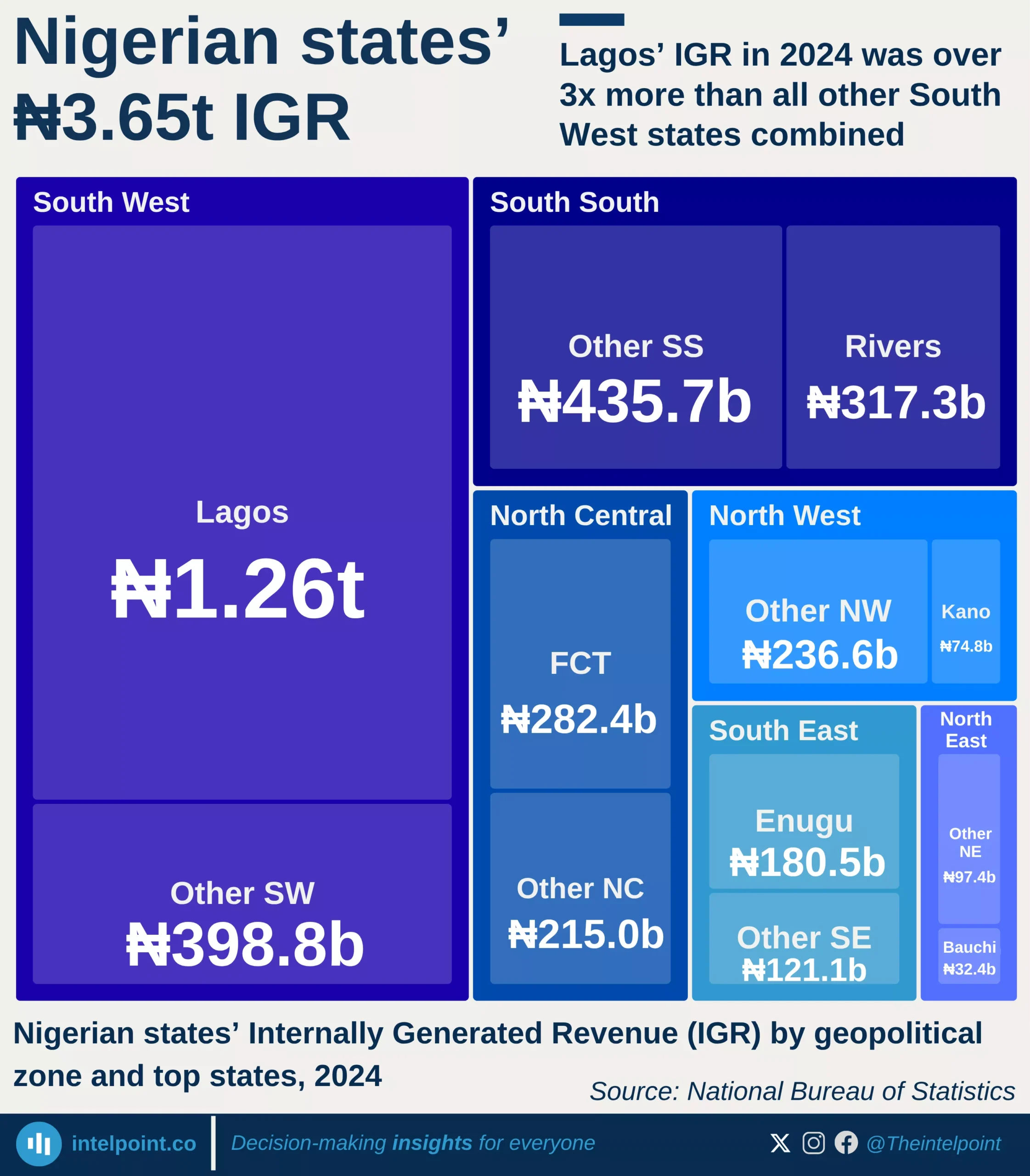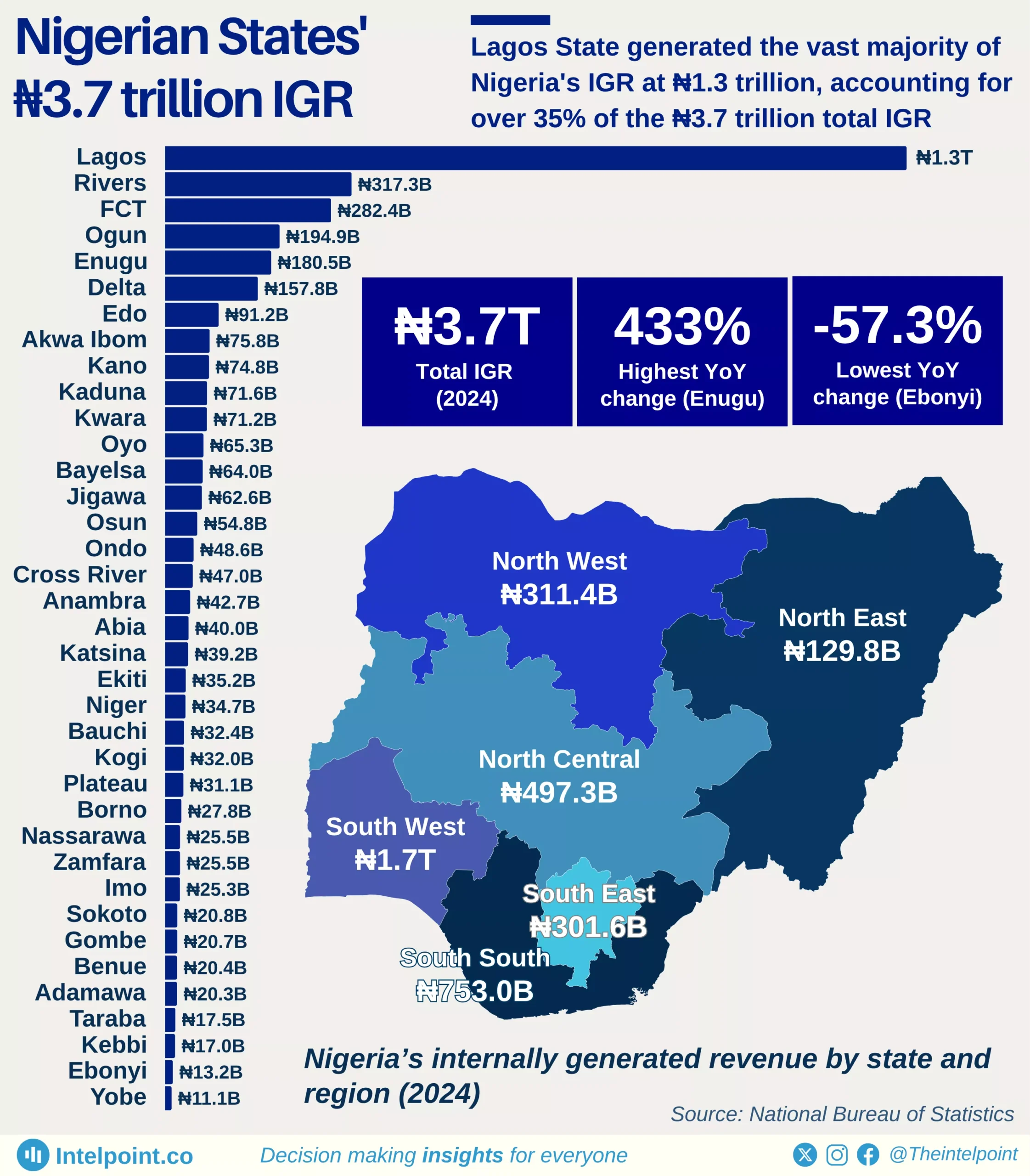Over the years, local companies have contributed more than foreign companies to Nigeria’s total company income tax revenue. In 2023, local CIT payments accounted for 51% of the total, with foreign payments at 49%.
Local CIT payments saw the highest share in 2021 (65%), while foreign CIT's highest was in 2015 at 52%.
